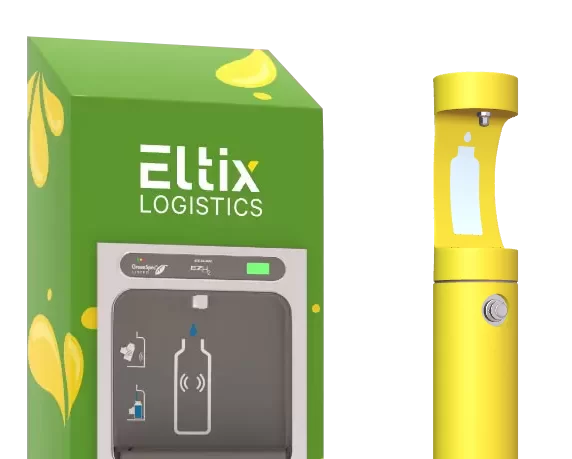 3rd Dec 2018 by MIW Water Coolers
3rd Dec 2018 by MIW Water Coolers
The Recycling-Microplastic Conundrum
I read an intriguing piece of news the other day. High street retailer, John Lewis, has started making towels from recycled plastic bottles . How interesting, I thought. What a good idea. And how clever. But then I got to thinking that maybe it’s not that much of a good idea after all…
Anyone who’s looked at this blog any time in recent years will know my stance on waste plastic. I’m not a fan. I think that everyone should be doing their bit to reduce it, and all businesses should be doing their bit to recycle it. Consequently, I applaud the likes of John Lewis for coming up with ideas to make use of the waste that would otherwise end up in landfill, or worse, the ocean. But there’s one question that’s bothering me: do fabrics made out of recycled plastics not lead to the further side-production of increased microplastics?
Microplastics are those tiny bits of plastic waste, often invisible to the naked eye, that are frequently produced by the breaking down of larger plastic pieces. Their existence seems like a good thing, as it implies that plastic is on its way to biodegrading, but this is entirely misleading. Those tiny bits will remain floating around the planet for centuries to come, taking between 450-1,000 years to completely decompose. And in the meantime, they’re being consumed by our marine life, killing microorganisms by blocking their digestive systems, which means that there is less food to go around for the larger species – some of which are also dying because they’ve either consumed the plastic directly, or indirectly through the consumption of creatures who have.
While the large, floating masses of plastic waste make the eye-catching headlines and news leaders because they’re so obviously unsightly – and so easily stopped – it’s the microplastics that are doing the real damage. So, although I whole-heartedly applaud those brands finding innovative ways to reuse and recycle plastic waste, I can’t help but wonder if they’ve thought of the potential consequences. I might be wrong – there’s every chance that I am – but I just can’t imagine any kind of polyester-based fabric that does not shed. Especially in towel form. And these bits of shed fabric will be ready-made microplastics just waiting to be sucked into our waterways via our washing machines and straight out to sea.
Now, I’m not knocking the concept – really, I’m not. It’s such a good thing that people are working to find viable uses for used plastic, but it does raise a few questions and concerns. And I can’t help but wonder if rather than spending so much energy trying to find new ways to repurpose single-use plastics, we wouldn’t be better off trying to find ways to stop using them – and their integrated cousins, such as polyester – completely.
Polyester is endemic because it’s so flipping useful, and if we are going to keep using it, then of course it should come from recycled sources. But, perhaps its time that we started finding ways to cut back. Just as we’re finding ways to cut back on drinks bottles with the provision of public bottle fillers, and carrier bags with good old fashioned cotton and the 5p tax.
If we’re truly going to help the environment now, and protect our wildlife for future generations, now is the time to take a stance on plastic. Reducing the big, obvious, in-yer-face single-use wasteful stuff is a fabulous start. But we need to tackle the small stuff too. And it doesn’t get much smaller than microplastics.











